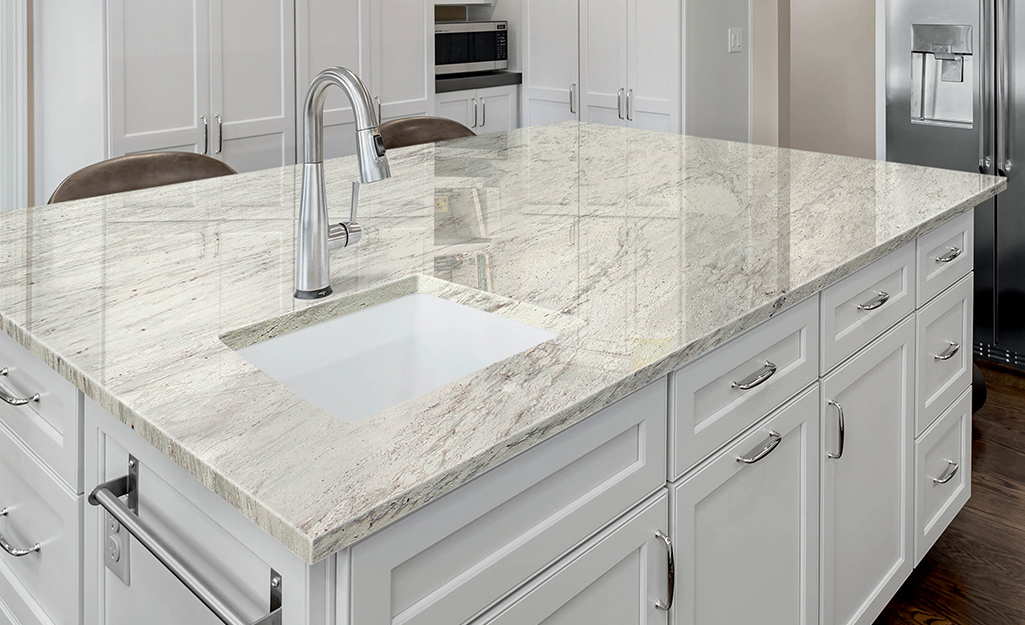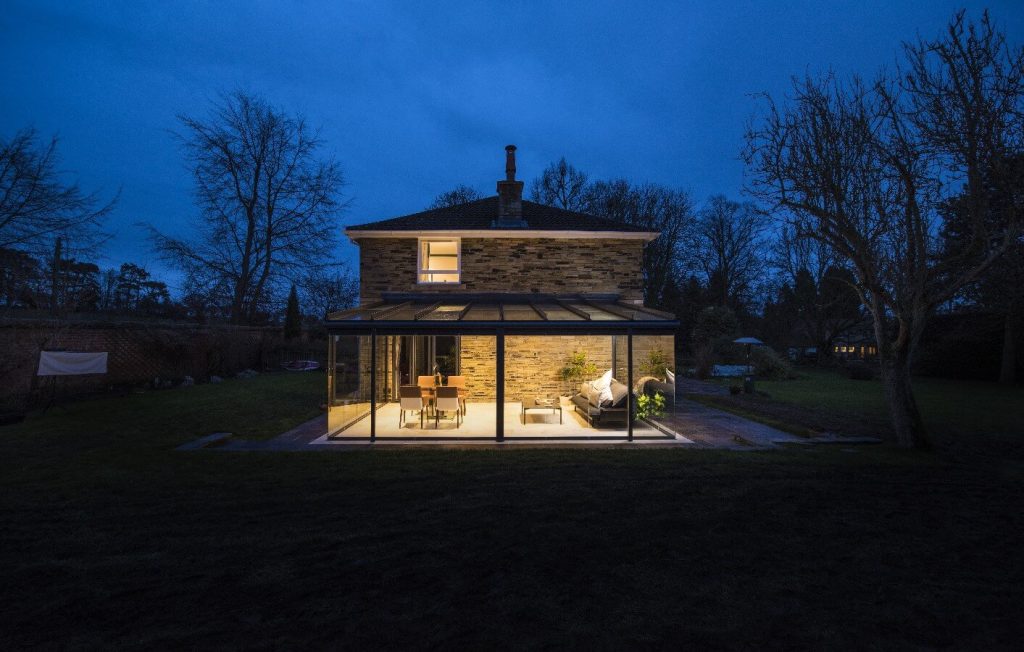
DIY enthusiasts will love how easy it is to build a dust barrier. A plastic sheet should be purchased that will fit the space in which you want to keep dust out of your home. To prevent particles from leaking through, you should use a single sheet instead of a few pieces. You can make the dust barrier enclosure more manageable by using a heavy-duty EZ-Up(r). Simply attach the plastic to your poles and place it over top grip pad. After the poles are secured, you can lift the plastic up to the ceiling. You can easily lift the plastic from the ceiling using a foot pump.
A dust containment door can be very easy to put in and will help prevent dust from entering your home. It will also make your home more clean. Two layers of plastic are required when installing a dust containment doors. You can add a second layer of protection to the bottom of your doorway. A plastic skirt can be added to the bottom of your doorway for additional protection. You're ready to begin your DIY project once you have the materials.
There are many ways to make a dust containment system. You can buy a magnetic dust shield system. Magnetic dust containment poles can be used to create temporary dust barriers or enclosures. This will protect surfaces while maintaining air quality. Another option is to purchase a ZipWall system or a third-hand magnetic dust containment. You can also purchase a Magnetic Dust Barrier system, and follow the directions. This option is cheaper and more convenient than the commercial products and is a great alternative.

Choosing a DIY dust barrier is an excellent way to contain dust in your workspace. You can choose from a number of different options when building a DIY dust barriers. For example, you can purchase a plastic sheeting kit for $110 that includes four adjustable poles. Then you can attach a pop-up tent to keep the wood dust contained. Some people are fine with the sawdust spreading throughout their yard, while others would prefer to make their own dust barriers.
A magnetic dust barrier can be rented if you don't feel comfortable using it. These systems are inexpensive enough that they won't cost you a lot. A magnetic dust shield will keep dust out of your home. If you're not comfortable using a DIY dust barrier, you can purchase a plastic cover. If you don't feel confident enough to use a dust barrier yourself, you can hire one from a hardware retailer.
FAQ
How much does it set you back to renovate your house?
Renovations can cost from $5,000 to $50,000. Renovations can cost homeowners anywhere from $10,000 to $20,000
Can I renovate my whole home myself?
If you can do it yourself, why pay someone else when you could save money and time?
It doesn’t matter how much DIY is your passion, sometimes it can be difficult to do the job yourself. It may be impossible to control the many variables.
You might discover that the wiring in your home is not up to date. In this case, you'll need to hire an electrician to ensure that your electrical system works safely and reliably.
It is possible that your renovations might cause structural damage.
You may not have the proper tools to complete the job. You will need a special tool called the plumber's snake to clean clogged pipes if you plan to install a kitchen sink.
There are plumbing codes that will require you to hire a licensed plumber for your project.
It is important to understand your capabilities before embarking on such a large task.
If you are unsure if it is possible to do the job on your own, ask friends or family members who have worked on similar projects.
They can help you determine the right steps and where you can find out more.
Can I rent a dumpster?
To help you get rid of the debris from your home remodeling project, you can hire a dumpster. Renting a dumpster is a great way to keep your yard free from trash and debris.
Statistics
- Most lenders will lend you up to 75% or 80% of the appraised value of your home, but some will go higher. (kiplinger.com)
- On jumbo loans of more than $636,150, you'll be able to borrow up to 80% of the home's completed value. (kiplinger.com)
- They'll usually lend up to 90% of your home's "as-completed" value, but no more than $424,100 in most locales or $636,150 in high-cost areas. (kiplinger.com)
- The average fixed rate for a home-equity loan was recently 5.27%, and the average variable rate for a HELOC was 5.49%, according to Bankrate.com. (kiplinger.com)
- It is advisable, however, to have a contingency of 10–20 per cent to allow for the unexpected expenses that can arise when renovating older homes. (realhomes.com)
External Links
How To
Do you prefer renovating exterior or interior?
Which one should you do first?
When choosing which project to begin with, there are many things to take into consideration. Most people consider whether the building is new or old. The condition of the roof, windows and doors, flooring, wiring, and other aspects are all important. The location, style, number of rooms and size of a new building are all important aspects.
If your building is very old, you should first look at its roof. If your roof seems like it is about to fall apart, then you should get on with the renovation. The roof should be in good shape before you move on to the next stage. Next, check out the windows. You might need to replace them if they are damaged or stained. You can then go through your doors and clean them. If everything looks good, you can start to lay the flooring. It is important that your flooring is strong and stable so that it will not give way no matter what you do. Now you can start to add the walls. Take a look at the walls to see if any cracks or damage are present. If the wall is intact, then you can move to the next step. After the walls have been inspected, it is time to inspect the ceiling. It is important to inspect the ceiling and ensure it is strong enough for any weight you may place on it. Then you can start your renovations if all goes well.
If the building was built recently, then you would probably want to start with the exterior. Take a look at the outside of your house. Is it well maintained? Are there cracks around? Does it look good overall? If the exterior looks bad, it's time to make improvements. It is not a good idea to make your home look unattractive. Next, you need to inspect the foundation. The foundation should be inspected for weakness and repaired. Also, make sure to inspect the driveway. It should be smooth and flat. If it's not, it should be fixed. Also check the sidewalk when you are checking the driveway. It should be replaced if it is uneven.
Once these areas are checked, you should move on to the inside of the house. Start by looking at the kitchen. Is it clean and well kept? You should clean up any mess. Next, examine the appliances. These appliances should be in top shape and functioning properly. If they aren’t, you need to either get new ones or fix them. After this, check out the cabinets. If the cabinets are stained, or have been scratched, you can probably paint them. If they are in good order, you can move onto the bathroom. Check the toilet in here. You should replace it if it leaks. It's best to wash it if it's only dirty. Next, make sure you inspect all the fixtures. You should make sure they are clean. If they are dirty, then you should definitely clean them. Lastly, check the countertops. Repainting countertops is advisable if they have cracked or are chipped. Sealant should be used if the surfaces are smooth and shiny.
The final step is to inspect the furniture. Verify that the furniture is not damaged or missing. You should find what is missing if it is not there. You should repair anything that is damaged. Once you have checked everything, you can return outside to complete the job.